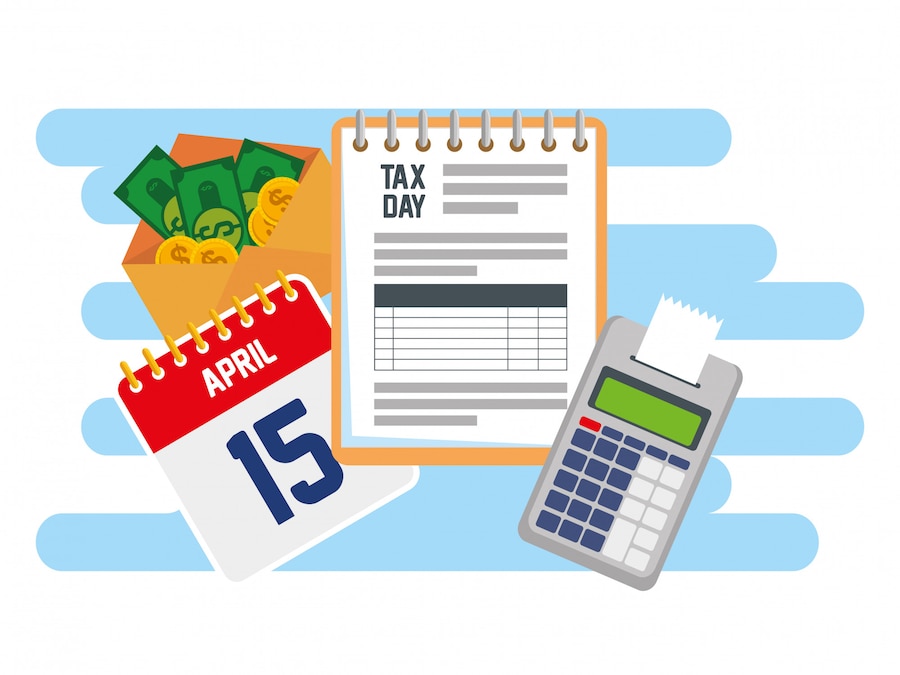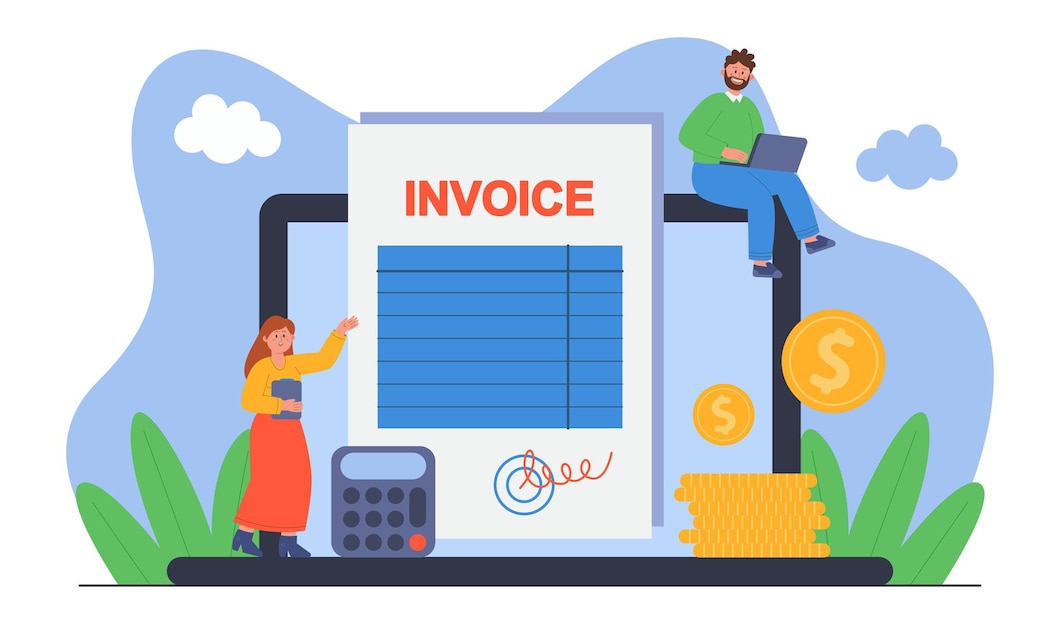In the age of technology and interconnectedness, the menace of identity theft looms large. Among the myriad tactics employed by criminals, the use of forged utility bills serves as a chilling reminder of the dark side of financial crimes.
Unraveling the World of Identity Theft
Identity theft is a pervasive crime that can wreak havoc on the lives of its victims. Perpetrators cunningly assume the identities of others to engage in fraudulent activities, with counterfeit utility documentation often playing a crucial role. By exploiting these fabricated bills, criminals can manipulate financial institutions, deceive service providers, or secure illicit gains, leaving unsuspecting victims to bear the brunt of the aftermath.
The Role of Counterfeit Utility Documentation
Counterfeit utility documentation serves as a powerful tool in the hands of identity thieves. By forging or altering utility bills, fraudsters can deceive individuals, businesses, or government agencies about their financial obligations or residency status. Such deceptive practices enable criminals to open fraudulent accounts, obtain loans, or access valuable services, all while leaving a trail of financial chaos and legal consequences for their victims.
Fueling Financial Crimes
Fake utility bills not only enable identity theft but also facilitate a wide range of financial crimes. With these deceptive documents, criminals can engage in fraudulent applications for credit cards, loans, or government benefits. The use of counterfeit bills further extends to money laundering schemes, where illicit funds are laundered through seemingly legitimate financial transactions, leaving law enforcement agencies with the challenging task of tracking the money trail.

Devastating Consequences for Victims
The consequences of falling victim to identity theft involving fake utility bills are devastating. Individuals may find themselves burdened with false financial obligations, damaged credit scores, and debt incurred by criminals.
The painstaking process of proving their innocence and reclaiming their identities can be emotionally and financially draining. In order to repair the harm these fraudulent activities have caused, victims frequently spend months or even years doing so.
Combating the Threat
It is crucial for people and organizations to keep an eye out for financial crimes and counterfeit utility documents. Regularly monitoring credit reports, promptly reporting suspicious activities, and safeguarding personal information are essential practices in mitigating the risk of identity theft. Law enforcement agencies and financial institutions must continue to invest in robust security measures, technological advancements, and public awareness campaigns to detect and deter these sophisticated criminal activities.

Leave a Reply